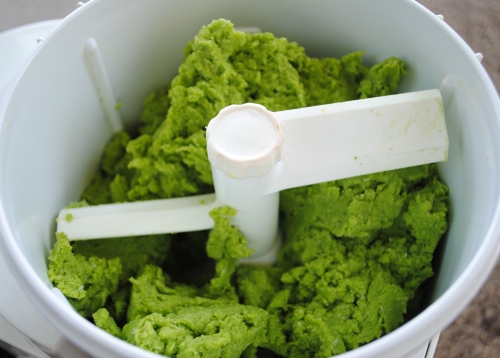How Does Your Garden Grow?
Sunday, June 5th, 2011 I spent some time early this morning weeding and thinning the greens in my garden. As I was weeding, I was struck by how new the garden felt. I plant many of the same things each year, and you would think the garden would be the same old, same old, year in, and year out. Somehow it’s not. How is that?
I spent some time early this morning weeding and thinning the greens in my garden. As I was weeding, I was struck by how new the garden felt. I plant many of the same things each year, and you would think the garden would be the same old, same old, year in, and year out. Somehow it’s not. How is that?
Each year I watch the new seedlings begin to pop out of the ground and grow. As they begin to reach their full size, I suddenly have the urge to start showing everyone their progress. I feel like I’ve somehow achieved some sort of greatness. It’s just plain weird.
The greens in my salad spinner above (from left to right) are Summer Perfection spinach (very heat tolerant), Petite Rouge lettuce (baby red romaine), Italian Arugula, and Tom Thumb lettuce (grows into tiny cabbage like heads). The lettuces are heirloom varieties from Baker Creek Heirloom Seeds.
Needless to say, my family will be having a large colorful salad with dinner this evening.
I’m also very excited that I will be able to pick peas shortly. My Oregon Sugar Pod snow peas began blooming a couple of days ago.
 I would love to show you my whole garden, but realize that it would be overkill, and this is meant to be a short post. I’ll just be happy with showing you the little Chelsea Prize English cucumber seedlings coming up among the volunteer dill plants. What a perfect pairing! So tell me, how does your garden grow?
I would love to show you my whole garden, but realize that it would be overkill, and this is meant to be a short post. I’ll just be happy with showing you the little Chelsea Prize English cucumber seedlings coming up among the volunteer dill plants. What a perfect pairing! So tell me, how does your garden grow?











